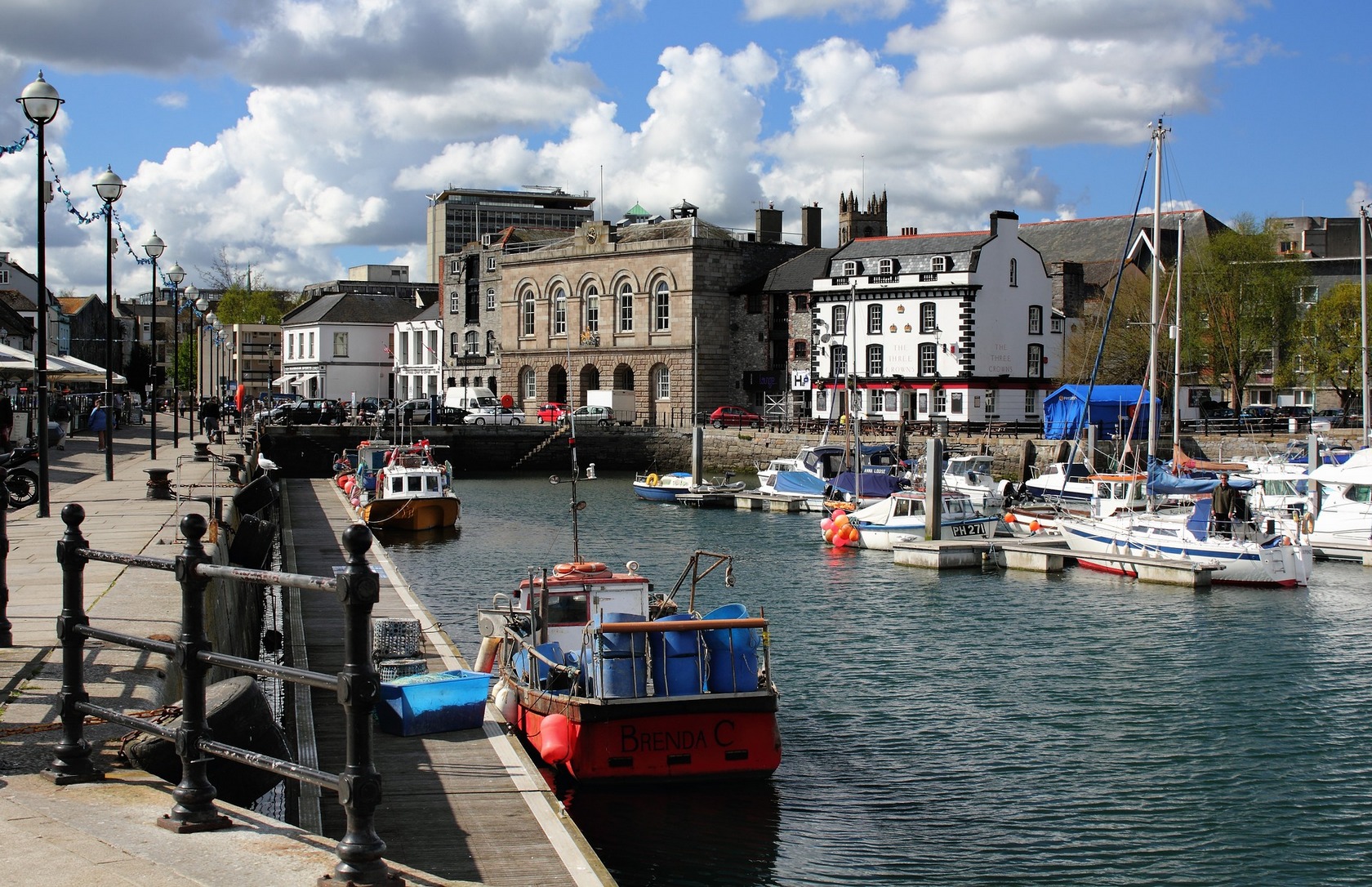Plymouth has many of the titles that the city has earned through its long history. And it turns out that common perceptions of history don’t always match what actually happened on its shores 400 years ago.
History
Located on the western shore of Cape Cod Bay, Plymouth is one of the most storied cities in American history. In 1620, the Puritans, who arrived on the Mayflower from the original English Plymouth, established their first settlement on the shores of what is now New England. In the United States, Plymouth is often referred to as “the hometown of all Americans. Plymouth was the very first city founded in New England and one of the first settlements of English colonists in North America.
The list of local attractions includes a huge cobblestone, which, according to legend, ended up under the feet of the first European colonists who arrived on the continent.
However, this is just a legend that has nothing to do with reality. In fact, the first Europeans visited local areas much earlier than the pilgrims, and passengers Mayflower first stepped on the New England land is not here, and 50 km east of Plymouth. On November 11, 1620, the Pilgrim ship anchored at the very edge of Cape Cod – where the resort town of Provincetown now stands.
The English did not manage to settle in the first landing place: they were immediately shot at with onions by the locals. The settlers left the inhospitable place and founded Plymouth on the site of a former Indian settlement. Thus, the Plymouth cobblestone made its way, quite undeservedly, into all school textbooks on the history of the United States and was awarded the title of the most famous stone in the country.
People
According to the 2010 Census, Plymouth has more than 56,000 people, which is a pretty big number by the standards of Massachusetts: Plymouth is one of the three most populous small towns in the state.
Tourism, health care, research and development, and telecommunications are the main drivers of the city’s economy. The city’s largest employer is a local affiliate of Beth Israel Deaconess Medical Center. Plymouth was also home, until recently, to Massachusetts’ only Pilgrim nuclear power plant. They decided to close it because it was unprofitable.
The city’s school system is one of the largest in the state: 8,000 children attend 14 city schools and are transported by 86 buses. It is also home to the campuses of Quincy and Curry colleges.
Although Boston International Airport is within walking distance (well, almost – only 69 km), Plymouth has its own municipal airport, from which mostly private jets fly.
Figures
The year 1605 – this is the year, in fact, when the first Europeans visited Plymouth. However, it is possible that it happened much earlier, but evidence of previous visits has not survived. Historians discovered that before 1620, when Plymouth colony was founded here, several expeditions landed on local shores.
The Pilgrims were not the first Europeans to sail to North America. From at least the beginning of the 16th century – that is, 100 years before Plymouth was founded – English and Dutch sailors, Portuguese fishermen, Basque whalers, and French fur traders regularly visited the shores of what is now New England.
It is known that the Frenchman Samuel de Champlain visited what is now Plymouth Harbor as early as 1605 and named it Port St. Louis. The French sailed here again in 1606, but this time they were attacked by locals – which, however, did not stop them from further visits.


